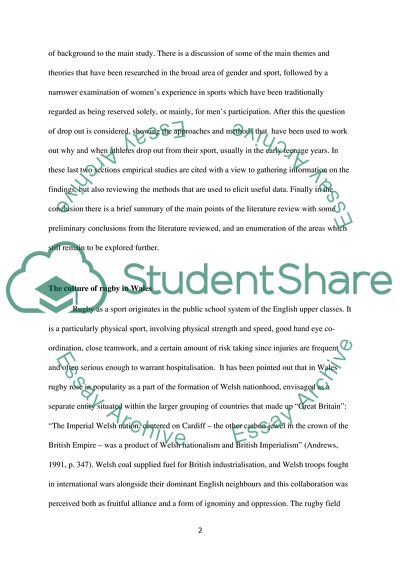Cite this document
(“Not Found (#404) - StudentShare”, n.d.)
Not Found (#404) - StudentShare. Retrieved from https://studentshare.org/sports-and-recreation/1790156-sport-and-culture-an-exploration-into-womens-rugby-in-wales-and-reasons-why-they-drop-out
Not Found (#404) - StudentShare. Retrieved from https://studentshare.org/sports-and-recreation/1790156-sport-and-culture-an-exploration-into-womens-rugby-in-wales-and-reasons-why-they-drop-out
(Not Found (#404) - StudentShare)
Not Found (#404) - StudentShare. https://studentshare.org/sports-and-recreation/1790156-sport-and-culture-an-exploration-into-womens-rugby-in-wales-and-reasons-why-they-drop-out.
Not Found (#404) - StudentShare. https://studentshare.org/sports-and-recreation/1790156-sport-and-culture-an-exploration-into-womens-rugby-in-wales-and-reasons-why-they-drop-out.
“Not Found (#404) - StudentShare”, n.d. https://studentshare.org/sports-and-recreation/1790156-sport-and-culture-an-exploration-into-womens-rugby-in-wales-and-reasons-why-they-drop-out.


